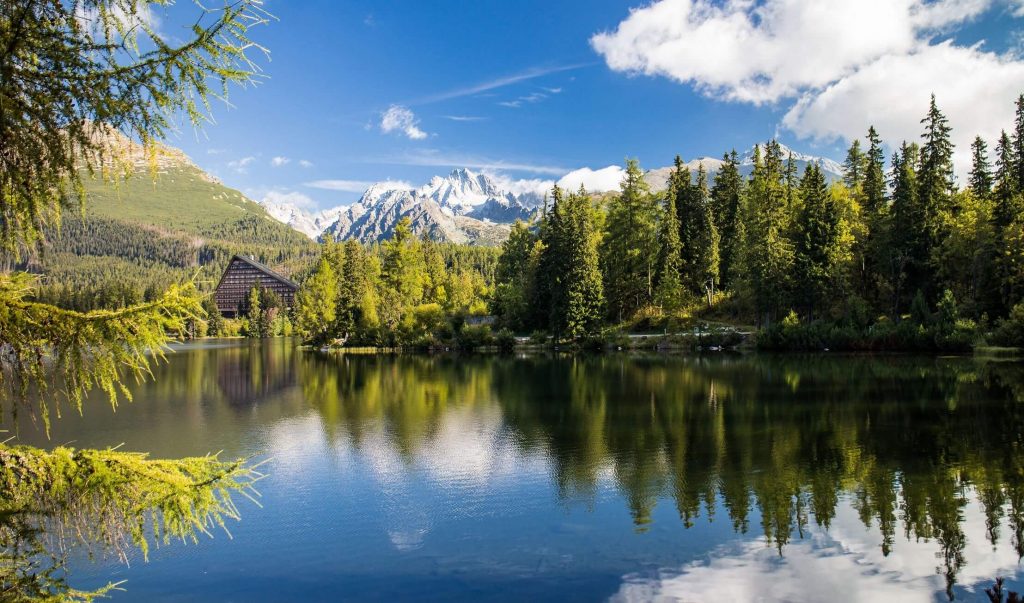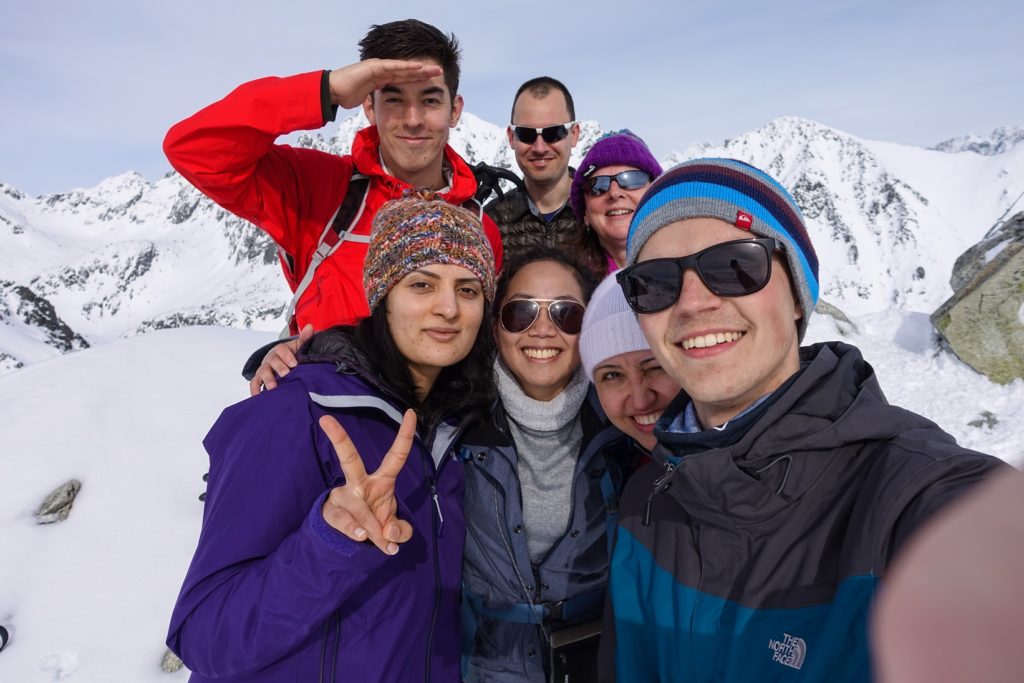The history of Banská Štiavnica (UNESCO World Heritage Site) is closely associated with mining industry. In the 18th and 19th centuries was Banská Štiavnica one the richest and most important centers in the Habsburg Monarchy, as it became the European centre for mining, academics, scientists and technologies related to mining. It had the third largest population in the Monarchy and the town became extremely wealthy, because of the rich gold and silver veins. The rich entrepreneurs built large, expensive and beautifully designed buildings and palaces and formed the beautiful historic town in the mountains.




There is even a legend about two lizards, which have helped to uncover the gold and silver veins in the region. It´s said that once upon a time a shepherd spotted two lizards on the slopes of today´s old town. The back of one glittered with silver and the other with gold dust. After they hid under a rock, he rolled it aside and found a nugget of gold… And that was the beginning of mining era in Banská Štiavnica and surroundings.


The dark side of success of Banská Štiavnica is not often spoken of. I´m going to talk about the miners, who worked under inhuman conditions. Thanks to them, the owners of the mines were getting richer and richer, while the miners were earning just enough money to survive. Their wage per day was so low, that they couldn´t afford to buy a loaf of bread every day. Usually they had to work several days to buy it. Just imagine how it would be, if you had to work 2 – 3 days only to buy a loaf of bread or one liter of milk. Furthermore, the working conditions in the mine were horrible. The diseases caused by working in the mine were common and the average age of death among miners was around 33 years. Due to the high amount of dust the workers usually suffered from diseases of lungs. The children usually started working as 12 years old and the only possibility, where they could work, was the mine…




We´ve learned all this during the tour directly in the mine called Bartolomej. The tour itself is very interesting and about 1 500 meters long. Sometimes the narrow corridors were too tight, and maybe somebody, who is afraid of tight spaces, would have a problem with the tour through the mine. 🙂 The mine we visited is part of the Mining museum, which is situated about 2 kilometers far away from the citycenter.


If you would like to see these places with your own eyes, feel free to contact me at [email protected]














